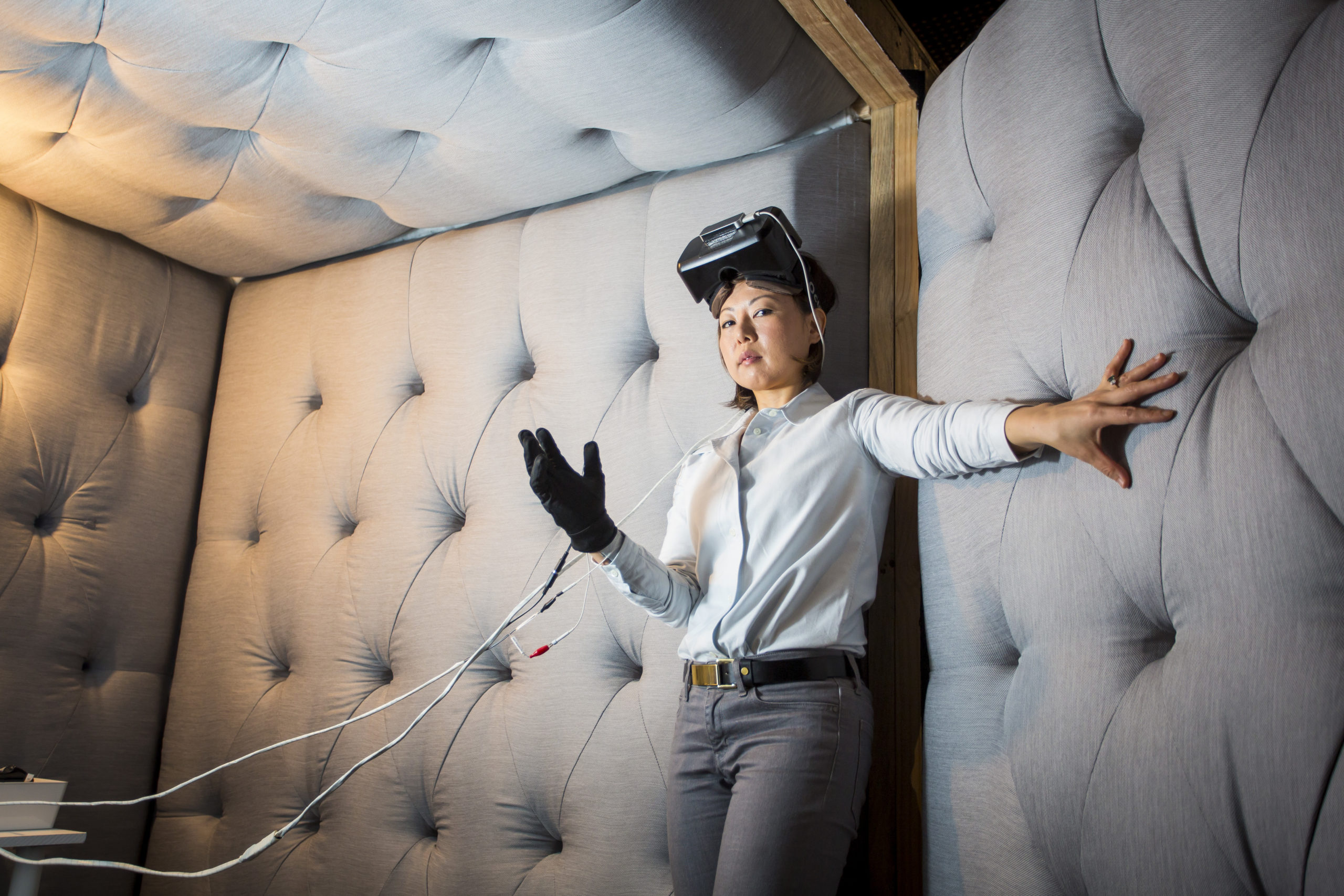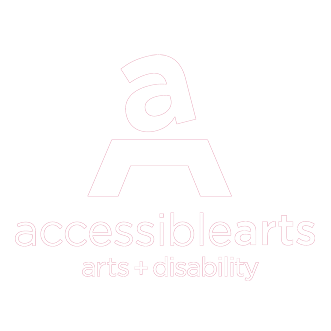
About Arts & Disability
Definition of Disability
The Disability Inclusion Act NSW defines disability as “physical, psychiatric, intellectual or sensory impairment that, in interaction with various barriers, may hinder the person’s full and effective participation in the community on an equal basis with others.” Mental health is included in this definition. However, not everyone who is diagnosed with a mental health condition identifies as having disability.
The term ‘disability’ can include people who are Deaf or hard of hearing. People from the Deaf community may not always identify as having disability and may identify as part of a cultural and linguistic group with their first language being Auslan (Australian Sign Language).
Social Model of Disability
The Social Model of Disability makes a distinction between an individual’s medical condition and disability. Under this model, barriers and discrimination created by society are seen as the disabling factors. They may take the form of attitudes, discrimination or the physical environment. We use the term ‘disability’ to refer to barriers, rather than medical conditions. The Social Model looks at the environment instead of individuals and gives us all power over things we can change. From this perspective, a person is disabled not by who they are but by a world that is not equipped to allow them to fully participate and thrive.
Arts & Disability In NSW
One in five NSW residents live with disability or are d/Deaf, and many engage with the arts in a multitude of vital, unique and dynamic ways. However, when it comes to professional practice, arts practitioners with disability are under-represented, earn less, experience higher unemployment, and get much less professional support compared to artists without disability.
When it comes to audiences with disability, despite being enthusiastic consumers of arts and culture, many don’t experience equitable levels of access to many cultural activities. Across both groups, there is also a diverse intersection of cultural identities and geographic locations across all types of disability, including people who identify as First Nations, cultural and linguistically diverse, and sexuality and gender diverse, as well as people who live in Western Sydney and regional NSW.
We know that innovation is powered by distinctive insights, unique skills, and creative problem solving. This gives arts practitioners and audiences with disability a valuable edge in both the arts sector and cultural marketplace. However, it’s an advantage that is under-utilized or ignored. By being more inclusive of arts practitioners and audiences with disability, we will be able to tap into vital creative forces, elevate our society’s collective experience of art and culture, and build communities where everyone feels they belong.

ENDS
Image: Break Out My Pelvic Sorcery by visual artist Eugenie Lee
